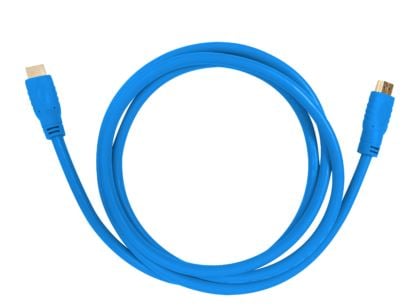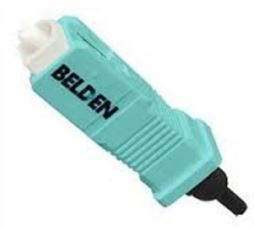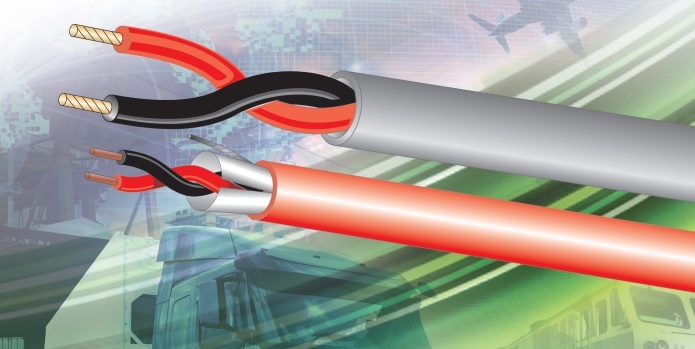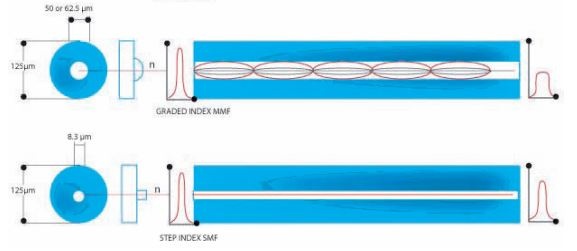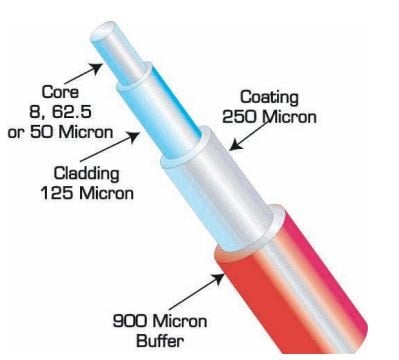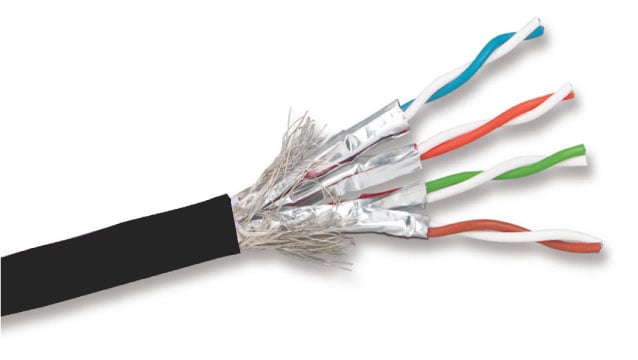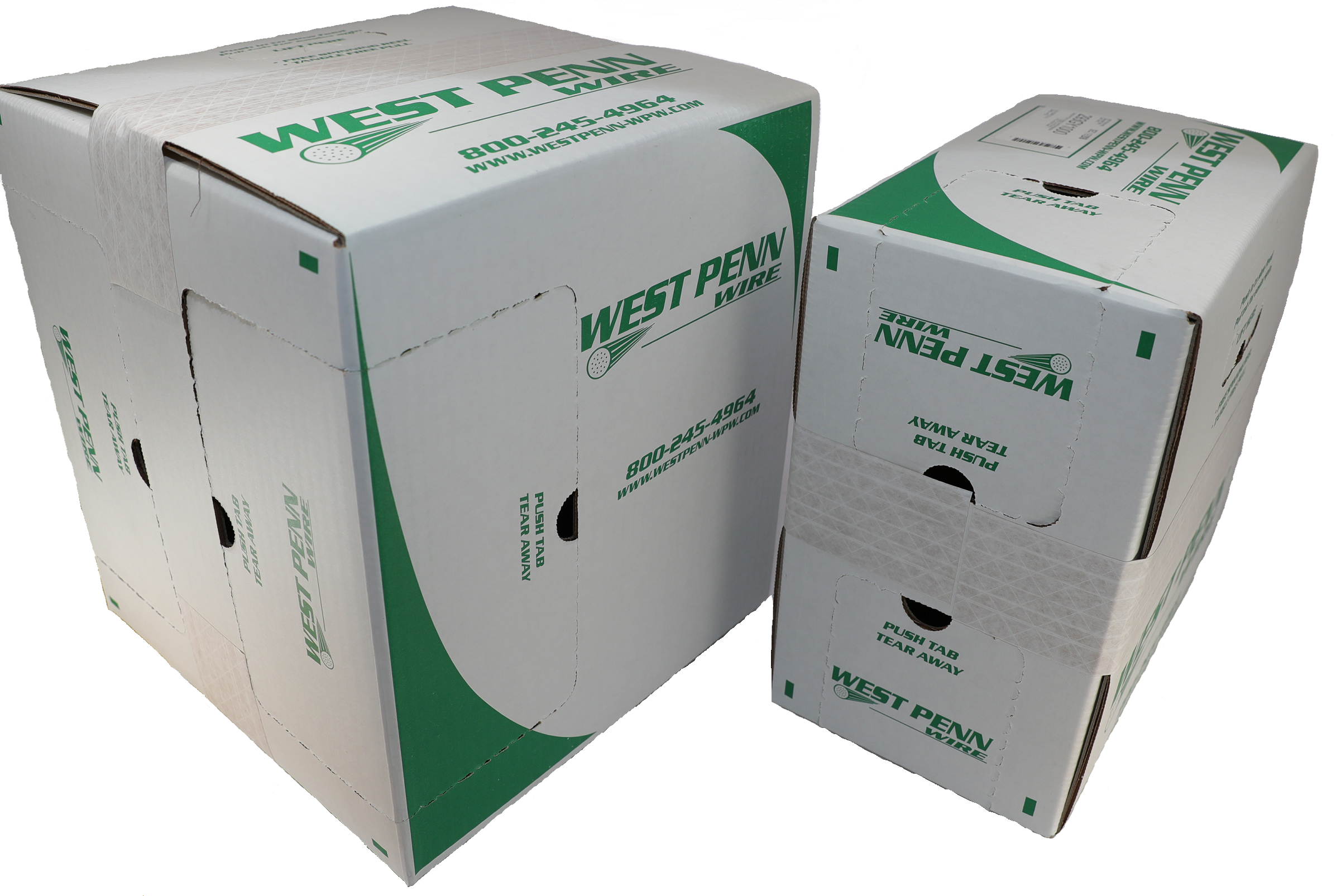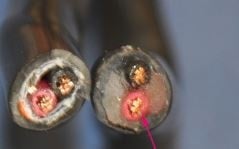With the communication industry consistently growing, it is best to be prepared for any environmental factors. From direct sunlight factors to wet locations, a reliable connection cannot afford to be overlooked.
For those locations; the industry’s original water resistant, water blocking low-voltage cable- Aquaseal cable, has become the recognized name for indoor/outdoor applications.
What is considered a Wet Location?
Wet locations occur in areas where direct burial in the ground, in conduit that is located below grade or any time the cable is passing through the concrete slab. These are areas where water, humidity or liquid saturation is possible- regions that are regularly exposed to the elements.
So how does it work?
Aquaseal low-voltage cable consists of a 2-ply tape on the inner shielded pairs which is virtually impenetrable. As well as a .025 inch sunlight resistant and moisture resistant jacket. Aquaseal contains this material, so when the water penetrates the cable, the 2-ply tape expands to protect the cables and connections.

